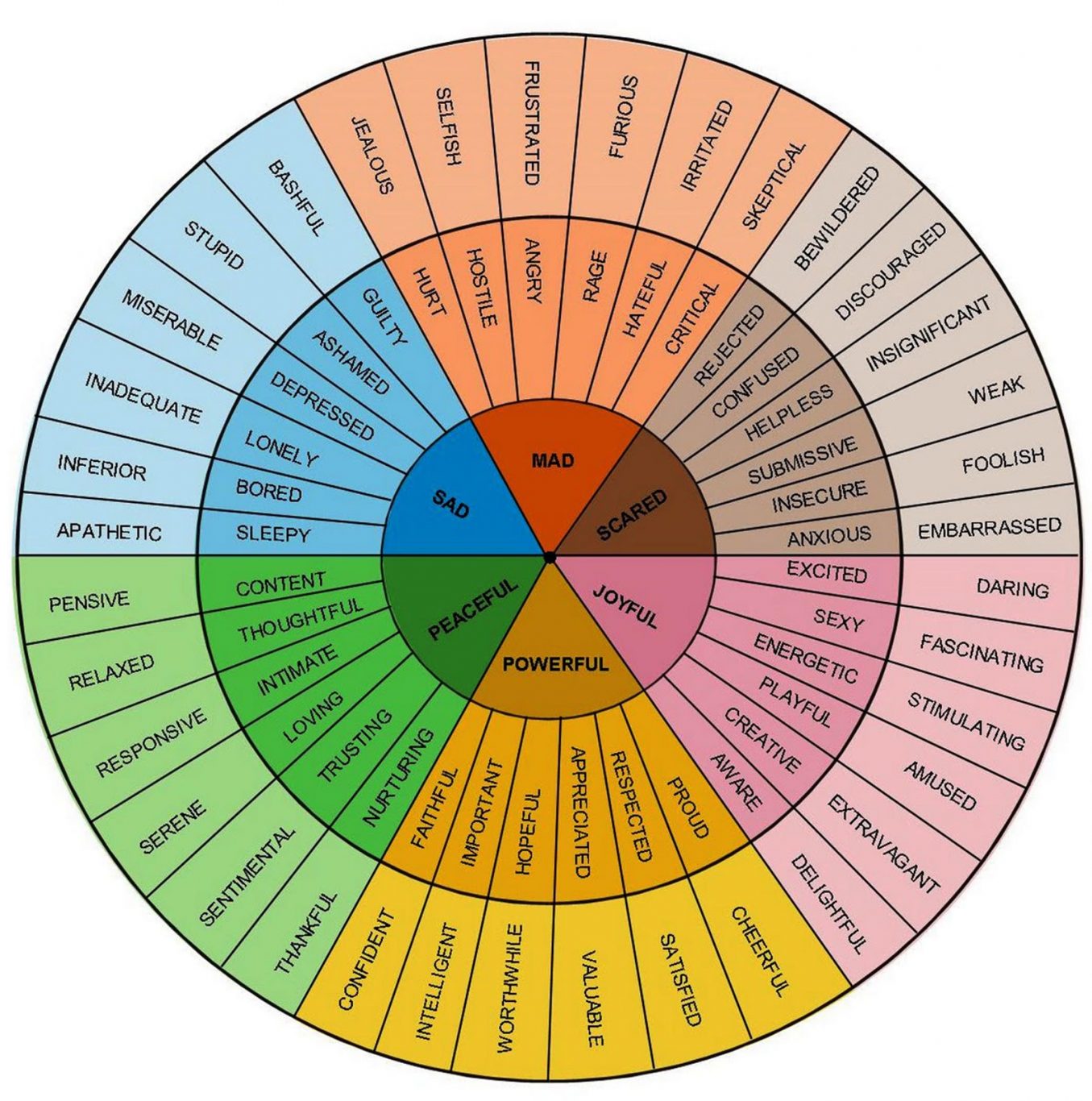I’m a middle child from a loud and emotionally expressive family. Growing up, everyone expressed how they felt – except me. I decided at a young age to hide my feelings and live inside my head. Not a strategy I would recommend.
From age 16 to 22, I used negative coping mechanisms to numb and attempt to control my feelings (e.g. worry, alcohol, nicotine, caffeine, social isolation, etc.). I would live in the extremes getting consumed by any current interest (e.g. fraternity, religion, exercise, woman, work, etc.) Some of these coping mechanisms are bad habits I still struggle with today.
But there’s hope! The healthier you become emotionally, the better life gets. I know this from the research and personal experience.
The Damage of Stuffing Your Emotions
- You don’t get to enjoy the whole range of emotions (e.g. joy, excitement, etc.)
- It leads to loneliness, feeling like nobody understands you and what you’re going through.
- You become stuck in anxiety and depression.
- You won’t know yourself well, hindering your life direction.
- People will struggle to trust you because they’ll view you as guarded.
- Your relationships stay at the surface level rather than growing deep.
- You’ll get uncomfortable with other people’s emotions and therefore push them away.
“We cannot selectively numb emotions, when we numb the painful emotions, we also numb the positive emotions” – Brene Brown
Think of your emotions as a compass. A compass can be used to guide your toward true north. Getting in touch with your feelings will show you what to move towards and away from in your life. What you should say “yes” to and where you should say “no”. Your feelings offer a wealth of information that give you the life direction you need. Rather than numbing feelings, experience them and figure what they’re telling you. Your central nervous system is actually a great friend.
4 Tools for Becoming Emotionally Healthy
Tool #1. Identify Your Emotional Experiences
A couple of times each day, write what emotions you’ve experienced recently. Then answer 3 questions about each feeling.
Question 1. What am I feeling? Write down the feeling, positive or negative.
Question 2. Why am I feeling this way, or what happened that caused this feeling?
Question 3. What am I learning about myself, or what insight have I gained because of this emotional experience?
Here’s a resource of 40 Common Emotions & Their Definitions (20 positive & 20 negative) to help you with this activity.
Tool #2. Communicate How You Feel
Express some of these feelings with friends, family, or co-workers. This can be done verbally or in writing (text, email, card, etc.). You can share your answers to the above questions. It might feel awkward at first, but if your motive is simply to be open and healthier emotionally, that will get you past the fear. Don’t let how you think other’s might respond to your openness, keep you from sharing.
One huge benefit to being emotionally open is that people will view you as safer because you’re no longer a mystery.
Being open emotionally improves your leadership capacity, as well. According to Daniel Goleman, the author of Emotional Intelligence, emotionally smart people have 5 traits that make them better leaders.
“Live in your head, you’re dead” – Tony Robbins
Tool #3. Increase your emotional vocabulary
Practice identifying feelings you notice in yourself and in others. Expand you emotional vocabulary by studying the definitions of different emotions. This Decide Your Legacy Emotions Bookmark and the feelings wheel below are excellent resources.

Tool #4. Chart Your Emotional Experiences
For any given period of time, identify the frequency you’ve felt a specific emotion and the frequency you’ve expressed that same emotion. You may discover that you rarely share certain feelings. Increase your sharing (verbally and non-verbally) of those emotions you rarely express, yet often feel.
Our Emotions Felt/Shared Worksheet will help.
Increasing your emotional intelligence takes practice. Try engaging in one of the above exercises each day. is a helpful book on the topic, too. In my next post, I will shared with you 2 more tools for increasing your emotional intelligence.
If you found this information helpful, SUBSCRIBE TODAY, and you’ll receive our Free PDF of 50 Great Relationship Building Questions AND our Free Life Balance Tips eBook!
Related Content
What to Do When Emotionally Overwhelmed
Take Risks Frequently
25 Gratitude Building Questions
Improving Your Emotional Health – Podcast
Purchase The Legacy Jar for $35
A great way to practice opening up emotionally. An Excellent Communication Game & Tool To Strengthen Your Work Team, Family, and Friendships.



SHARE with your FRIENDS